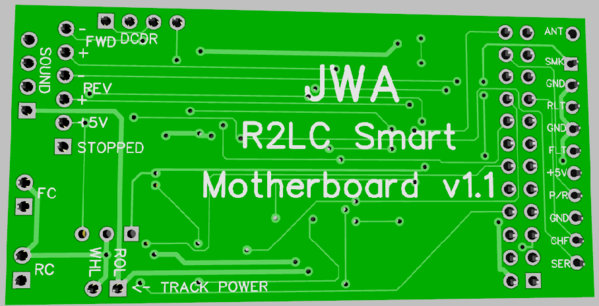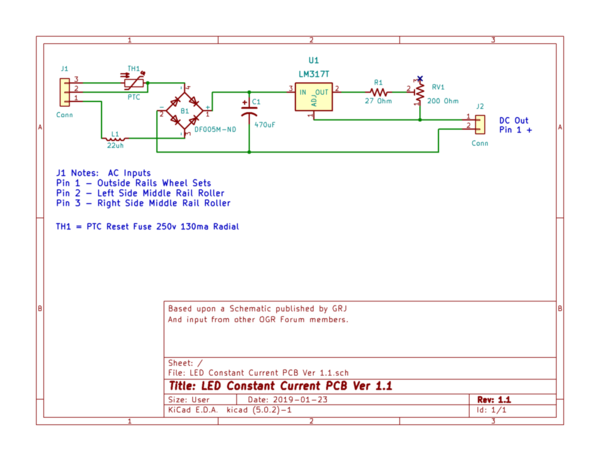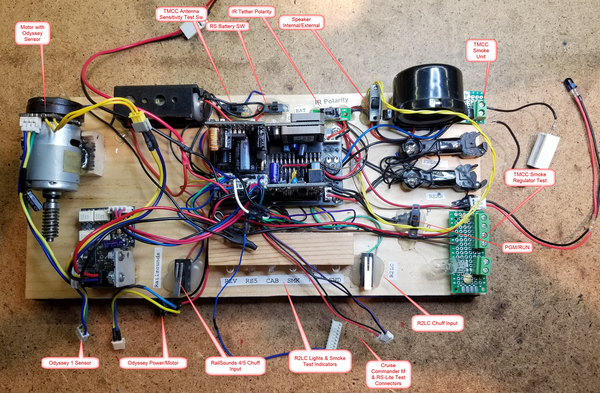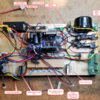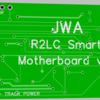**** EDIT **** Attached all the finished files to this post and updated the description to match the finished board.
I've started a new project to have a more functional way to do dummy locomotives with TMCC capability. It is also capable of being used in powered locomotives to add some features not commonly available with TMCC.
I have created a custom motherboard that will offer the following features.
- Smoke & Directional Lighting Outputs
- Electrocoupler Outputs
- ERR Compatible Sound board Interface (4-pin JST-EH connector)
- Logic outputs to indicate motion, forward, reverse, or stopped.
- Separate 5VDC output for extra external functions
- Buffered serial data to avoid data loading problems on the serial data line
- Optional powered option with DCDR PWM outputs
- DCS compatibility, will not interfere with DCS locomotives
- TVS protection diode to protect the electronics
The motion logic outputs for forward and reverse indication are 100% optically isolated so you can use then in a wide variety of ways. The opto isolators have diodes for DC reverse current blocking, and will sink at least 50 milliamps.
The 5VDC supply allows you to power external logic to do a unique task without having to provide a separate power supply. It's possible to use the venerable LM7805T (or similar) to provide the 5V power. The board is also sized for the Recom R-78E5.0 switching regulator module for higher output currents. The switcher is obviously more expensive than the three terminal regulator, so unless you need it, the regulator is the cost effective choice. If you plan on using more than 30-40 milliamps of +5VDC, then you need to add a heatsink to the LM7805T regulator. If you opt for the Recom R-78E5.0 switching regulator, you have several hundred milliamps of +5VDC power available.
Some might question the odd placement of the components and why so much blank space. It was planned, the blank sections are where the R2LC has tall components that typically sit right on the motherboard unless you have tall posts. Since I didn't want to make the package any larger than it needed to be, I just put my logic in places there is clearance from the shorter components. The white line down the middle is where the end of the R2LC board falls in case you wonder what it was for.
After measuring the R2LC & R4LC boards, I established keep-out zones for any parts as those the the tallest parts on the R2LC/R4LC. In the other locations, there is room for the low profile SMT parts without any conflicts. I also moved the one connector to the end by the R2LC connector, this makes it easier to route the heavier traces for the power and smoke functions. The board is 1.25" x 2.5". The power connection is a unique type of connector so you can't inadvertently connect the track power to one of the coupler outputs.
Build Files for R2LC Smart Motherboard
R2LC Smart Motherboard v1.1 Gerber.zip
R2LC Smart Motherboard v1.1 Schematic.pdf





